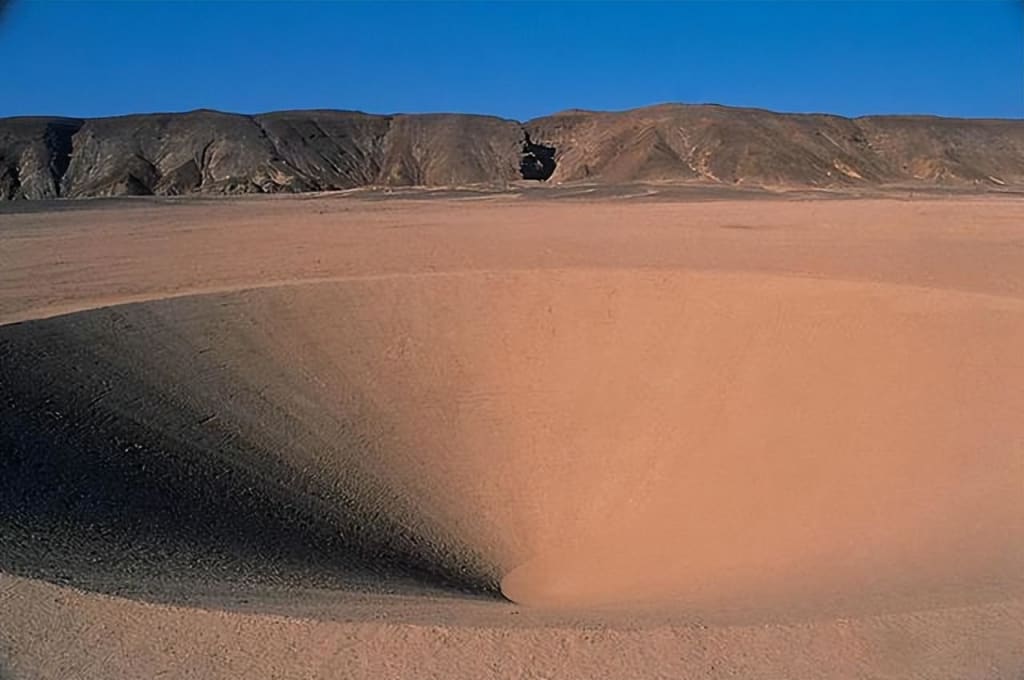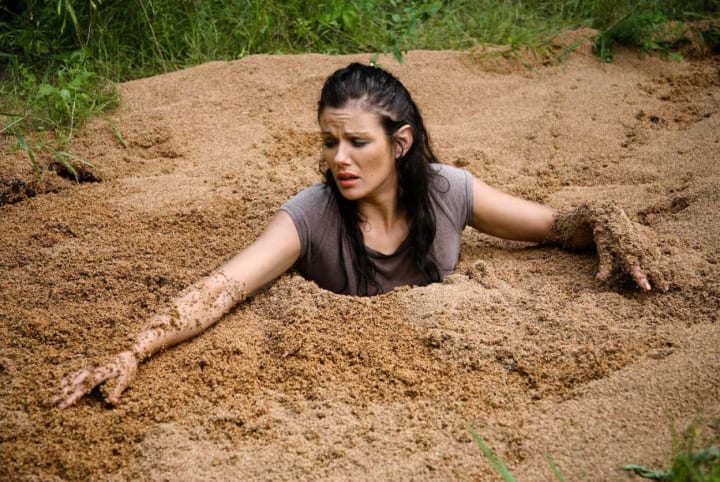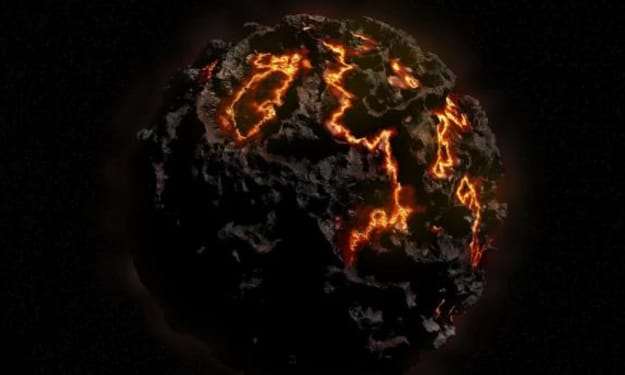What is underneath the quicksand?
If you step into it accidentally, it will slowly swallow us down, and if you move around, it will sink even more.

Everyone should have heard or read stories about quicksand, because quicksand is very popular in traditional cultures around the world, and it is believed that in the 1960s, one out of every 35 movies would be related to quicksand.
Quicksand gives us the impression that if we accidentally step into it, it will slowly swallow us up, and if we move around, it will sink even more.
Because the African land is a raider and the whole north is occupied by the Sahara desert, we also often think of Africa as a place full of quicksand and more dangerous.
Many of our subjective perception of quicksand is misled by some literature and film works, quicksand is indeed dangerous, but different from what many of us imagine.
First of all, the first one is that quicksand is rare in the desert, at least it is not common compared to other areas.

How is quicksand formed?
Quicksand does not mean sand that is flowing, it refers to the area where the friction between the sand is too low, causing people or other things that stay on it to sink.
Under natural conditions, sand is a mixture of small, coarse sand particles, as well as air or water to form the area.
In most cases, water or air can not wrap all of the sand, which allows the sand and sand can interact with each other and generate a lot of friction.
We do not sink when we step on ordinary sand, it is these frictional forces that hold us up.
But when the sand is soaked in water will be different, the sand particles no longer are in contact with each hothead r, and the strong friction will not work, this time fitly more like a mud pool, may be called a "sand pool" which will be more appropriate. This time, if people stand on it, it will sink, and it will become our rumored quicksand.
It is not difficult to find that in most cases, quicksand can only develop if there is water, and the desert is very short of water, so there is not much quicksand in the desert.
Most quicksand appears around lakes, forests, river valleys, or beaches, and the places where quicksand appears in the desert are those near natural wells or shallow groundwater. These places with water sources, after being covered by sand, do not look any different on the surface, but people will sink when they step on them.
Is it true that quicksand cannot escape alone?
As early as more than a decade ago, the University of Amsterdam's Daniel Bonn (Daniel Bonn) has been in the laboratory simulation of quicksand, it turns out that, although quicksand self-help is very difficult, completely engulfing a person is equally difficult.
After Daniel obtained a quicksand sample in a quicksand area, he analyzed the ratio of clay, salt water, and sand and recreated a quicksand in the laboratory.
He tested the properties of the artificial quicksand, and the results showed that when an aluminum ball of about the same density as a human was placed on the artificial quicksand, the quicksand could not completely engulf the aluminum ball.
The team also simulated what would happen if a person struggled by shaking the artificial quicksand, and the results showed that the aluminum ball was indeed completely engulfed at first, but as the sand gradually began to mix with water, the buoyancy increased and the aluminum ball floated back to the top.
The sphere has a larger contact area with the quicksand, which means it will be more buoyant, if replaced by people, we need to try to increase their contact area - for example, try to people lean back, basically also will not sink.
Although, the quicksand is impossible to completely engulf a person, but want to escape from the quicksand by itself is very difficult, and can even be said to be almost impossible, this is because the quicksand provides a strong suction force.
In Daniel's laboratory, when he tried to pull out a deep in which something strong, need to provide a force of about 100,000 Newton - equivalent to the need to lift a medium-sized car.
This is because the person is firmly surrounded by a mixture of quicksand, and in all directions to provide a lot more pressure than water, when the person tries to pull out of it, these pressures will be down to suck the person.
To escape from such quicksand, one can only move slowly with the help of others, giving the water and sand a chance to flow into the space squeezed out in the movement.
What is worse than wet quicksand is dry quicksand
All of what we discussed earlier is due to the reduction of friction caused by water to eventually create quicksand, this is called "wet quicksand" so that the wet quicksand maintains the stability of several factors, most of the time is critical to its salt content, but there are a few cases, the role of some bacteria will also create a stable quicksand.
However, as we said before, the sand particles are also separated by air, and when a certain volume of sand has a high percentage of air, this can also lead to a decrease in friction between the sand particles, which can also lead to the formation of quicksand, and this is called "dry quicksand".
In the laboratory, researchers injected air into the sand samples, the volume of sand can only account for 41% of the total volume, and the rest is all air.
In this case, put a person equivalent to the aluminum ball into it, the aluminum ball will be instantly swallowed and sink.
"Dry sand" often appears in desert areas, and its formation is mostly due to sandstorms, which blow up the sand and then fall to the ground to form a fluffy area.
"Dry quicksand" will not be as stable as "wet quicksand", with time, the air will gradually be filled, thereby increasing the friction, and quicksand will naturally disappear.
However, encountering "dry quicksand" may be more dangerous than encountering "wet quicksand".
Now "dry quicksand" rescue method is basically to the person caught in it wrapped in a cylinder, and then in the cylinder to draw off the sand, to avoid new sand filling it, but in the field is impossible to complete this work.
Finally
In the human production process, there is a typical and dangerous "dry sand", that is, the grain silo full of grain, the grain particles themselves do not have the same friction as sand, while their shape also allows more air to be stored in it.
Therefore, if a person falls into the grain pile is very dangerous, the grain will be swallowed up in a short time.
About the Creator
Sue Torres
Is there any other reason to live to change the world?






Comments
There are no comments for this story
Be the first to respond and start the conversation.